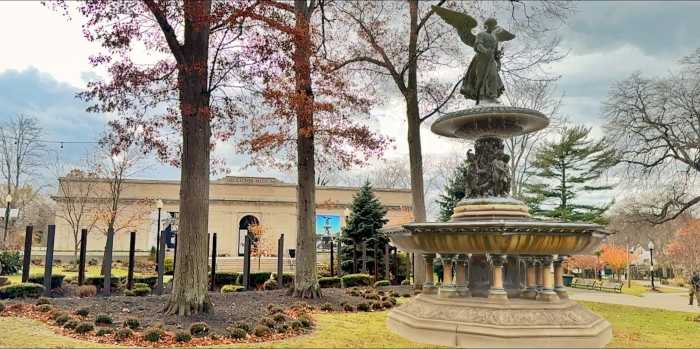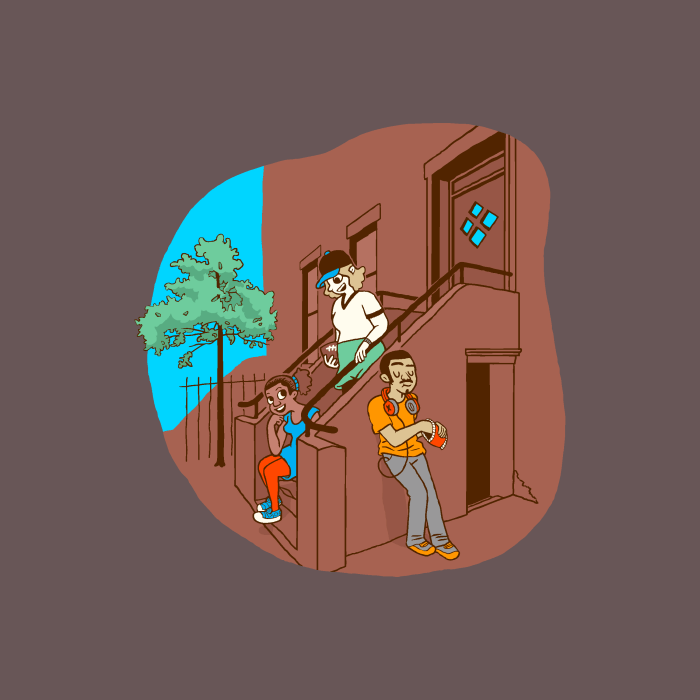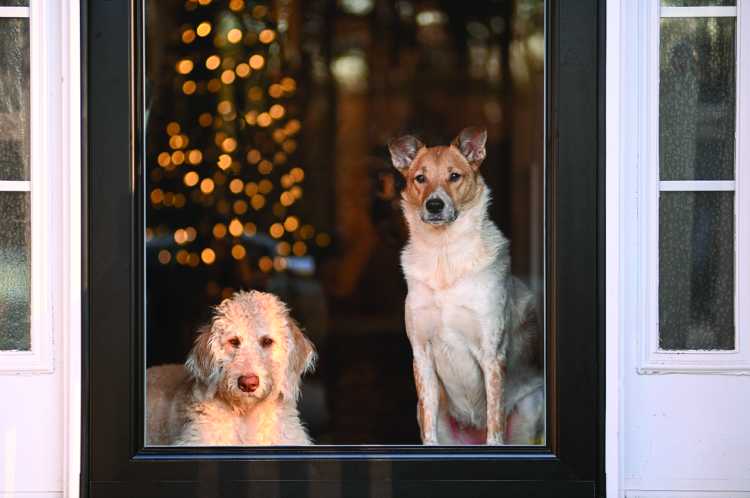First, I would like to take a moment to congratulate the 2025 Schreiber Boys High School Basketball team for their incredible year and for winning the class AAA Long Island championship! These young men have consistently shown great sportsmanship and character throughout the season. Finally, they also won the James Greene Memorial Sportsmanship Award, making their parents and all of us who live and work in Port Washington very proud!
So if a tree falls in the forest and no one is around to hear it… does it really matter? However, if a tree falls in your backyard and lands on your neighbor’s house, well, that’s a different story.
Many people assume because it’s their property and their tree, if it falls on the neighbor’s house, they’re responsible. That is usually not the case. Generally, if a healthy tree — showing no signs of withering, barren branches, discoloration or other signs of disease or decay — is brought down because of extensive rain or wind or some other occurrence that’s not the result of negligence, the owner is not responsible.
However, if the tree is showing signs of a problem, and it goes unnoticed or ignored over time, the owner may very well may be responsible for the damage caused. The reason is simple; homeowners are generally not responsible for things that are beyond their control or fault and/or not the result of their negligence.
Your insurance company will generally pay to have the portion of the tree on your property removed, and your neighbor’s insurance will pay to have the portion of the tree on their property removed, as long as it is a covered peril and there is some damage to the insured’s property. However, not all policies are the same, and under some policies, removal of the tree will have to be paid for by the homeowner. A review of your policy provisions will tell you what they will and won’t cover.
If a claim is brought against you because it was your tree, your insurance company will defend that lawsuit under the liability portion of your policy. As noted above, they will probably take the position that there is no fault on your part if the tree appeared healthy.
PRACTICAL ADVICE: Homeowners should make reasonable inspections of the trees on their property, especially in neighborhoods where there are large trees and the homes are relatively close to each other. In fact, homeowners should be making periodic inspections of their homes and land just to make sure there are no other unsafe or dangerous conditions on their property.
Cooperating neighbors, regardless of whose property the tree is on, will often collaborate to have a questionable tree cut down. They usually split the cost and call it a day. That kind of important preventive care will not be covered by insurance, but it should be done.
Richard H. Apat is a member of Vishnick McGovern Milizio LLP – Attorneys at Law, where he heads the Personal Injury and Real Estate Litigation practices. He can be reached at rapat@vmmlegal.com and 516.437.4385 x152.


































